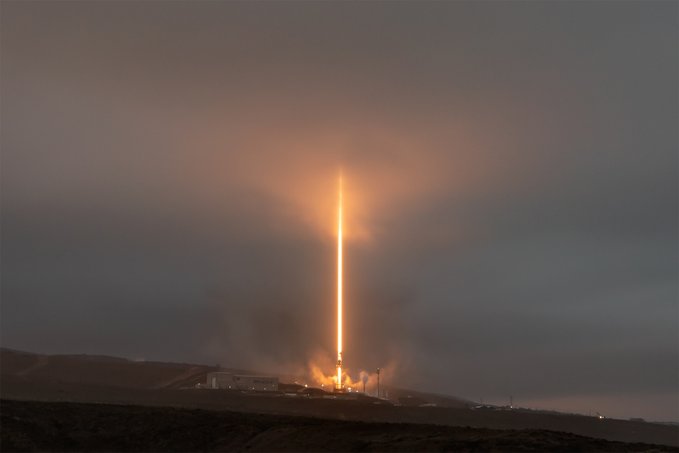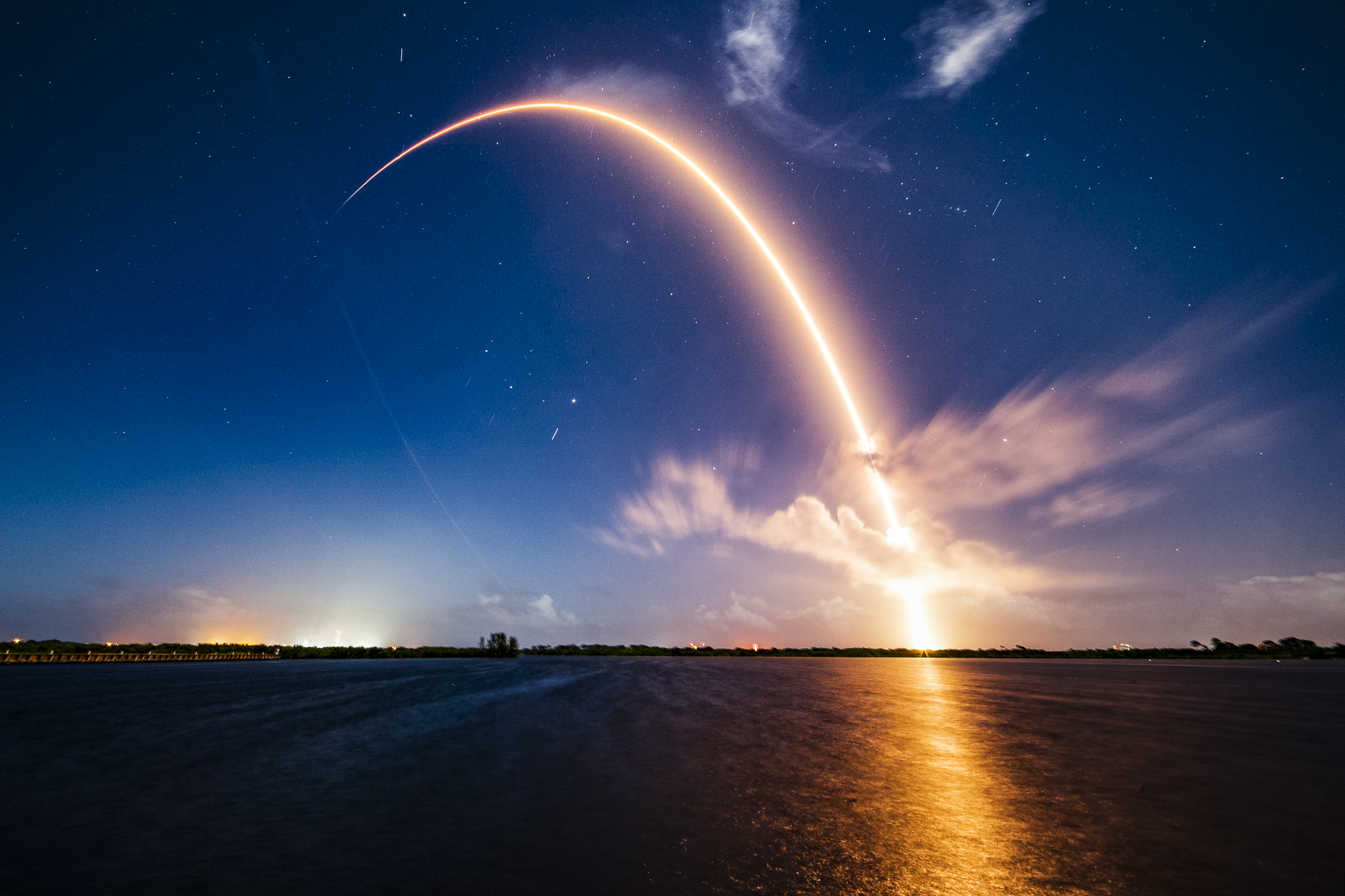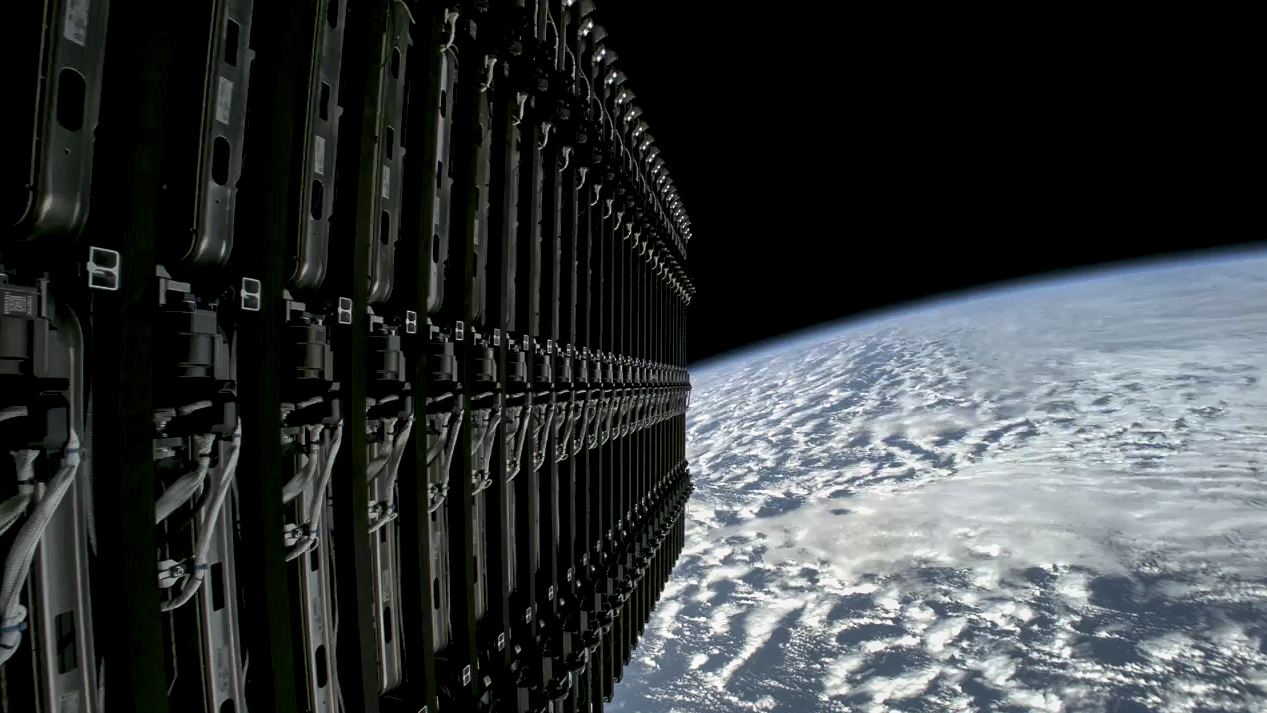In the early hours of October 7, 2025 at 2:46 a.m. EDT, SpaceX launched 28 Starlink broadband satellites aboard a Falcon 9 rocket from Cape Canaveral Space Force Station, Florida. The mission—part of the Starlink 10-59 campaign—marks another step forward in expanding global internet access.
The rocket’s first stage, booster B1090, had a successful return, touching down on the drone ship “A Shortfall of Gravitas” in the Atlantic about 8.5 minutes after liftoff. This recovery underscores SpaceX’s continuing success in reusability and cost-efficient operations.
Meanwhile, the upper stage carried the 28 satellites into the targeted orbit. Deployment occurred approximately 64 minutes after launch, placing the satellites into low Earth orbit to join the existing Starlink mesh.With this mission, SpaceX confirmed the deployment and further increased network capacity.
At the time of launch, the weather forecast was about 65% favorable. Concerns included liftoff winds and cumulus clouds, but conditions held enough for a clean launch window. This is yet another indication of how often SpaceX is able to find suitable launch windows in Florida’s volatile atmospheric conditions.
This launch also pushes the Starlink constellation past the 8,500-satellite mark, supporting ever-broadening global coverage. Each batch like this helps reduce latency, add redundancy, and improve service in remote and underserved regions. With each mission, SpaceX steadily moves toward its goal of making high-speed, low-latency internet available nearly everywhere on Earth.












Leave a comment